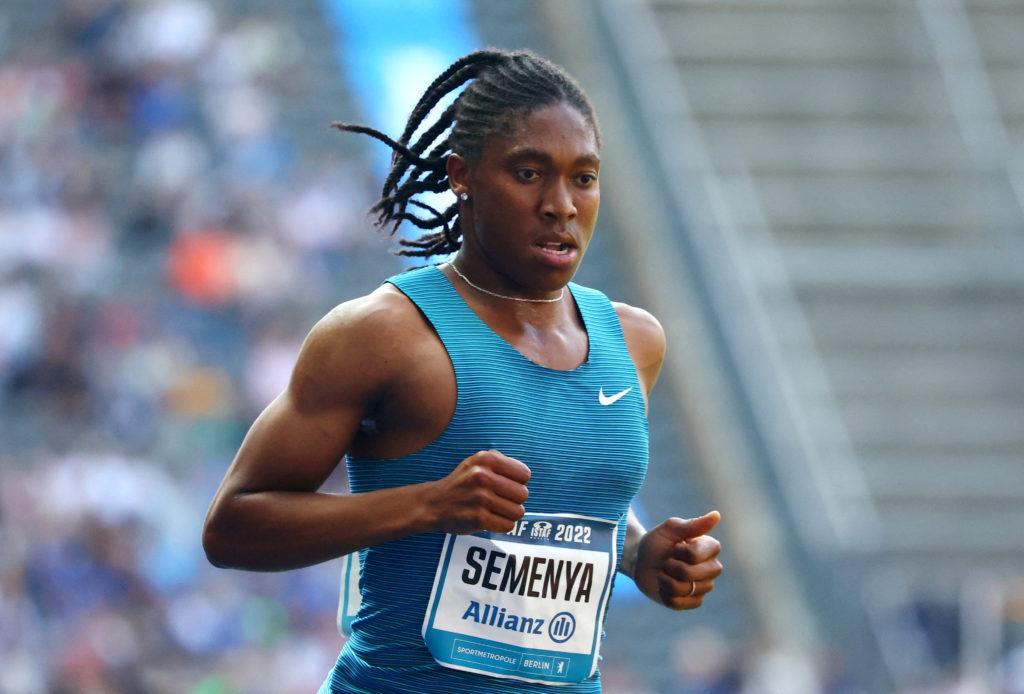The inclusion of transgender athletes in college sports has become a focal point of debate across the United States, stirring complex discussions about fairness, equity, and inclusion. As universities and athletic organizations grapple with evolving policies, the question remains: how do transgender athletes fit into the competitive landscape of collegiate athletics? This article examines the current state of transgender participation in college sports, highlighting recent policy changes, legal challenges, and the perspectives of athletes, administrators, and advocates featured in The Hill’s ongoing coverage.
Transgender Inclusion Policies in College Athletics Assessing Competitive Fairness and Safety Concerns Medical and Legal Challenges Faced by Transgender Athletes Recommendations for Creating Equitable and Inclusive Sports Environments
Colleges and athletic organizations nationwide are confronting the complex challenge of integrating transgender athletes into competitive sports without compromising fairness or safety. Existing policies vary widely, reflecting divergent views on how to balance inclusivity with competitive equity. Some institutions require hormone therapy benchmarks or have set participation timelines, while others emphasize case-by-case evaluations. Critics argue that physiological advantages may persist despite hormone treatment, sparking concerns over competitive fairness. At the same time, advocates highlight the importance of fostering environments where transgender athletes can compete authentically without facing discrimination or exclusion.
Beyond the playing field, transgender athletes confront significant medical and legal hurdles. Access to gender-affirming treatments is uneven, with some facing financial and institutional barriers. Legally, evolving regulations and court rulings create a patchwork of standards that colleges must navigate carefully to avoid litigation. Experts recommend that institutions adopt comprehensive strategies emphasizing inclusivity, education, and transparent communication. Key recommendations for equitable sports environments include:
- Clear, evidence-based policies developed with input from medical professionals and advocacy groups
- Regular training for coaches and staff on gender diversity
- Confidential support systems to address athletes’ physical and mental health needs
- Flexible participation pathways accommodating individual circumstances
| Policy Element | Purpose | Impact |
|---|---|---|
| Hormone Level Guidelines | Ensure competitive balance | Mixed reception; some see as fair, others as exclusionary |
| Educational Workshops | Key Takeaways
As the debate over transgender athletes in college sports continues to evolve, institutions face the challenge of balancing inclusivity with fair competition. With varying policies across leagues and states, the issue remains complex and multifaceted. Ongoing dialogue among policymakers, athletes, and advocacy groups will be crucial in shaping equitable solutions that respect both the rights of transgender athletes and the integrity of collegiate athletics.
Add A Comment
|





